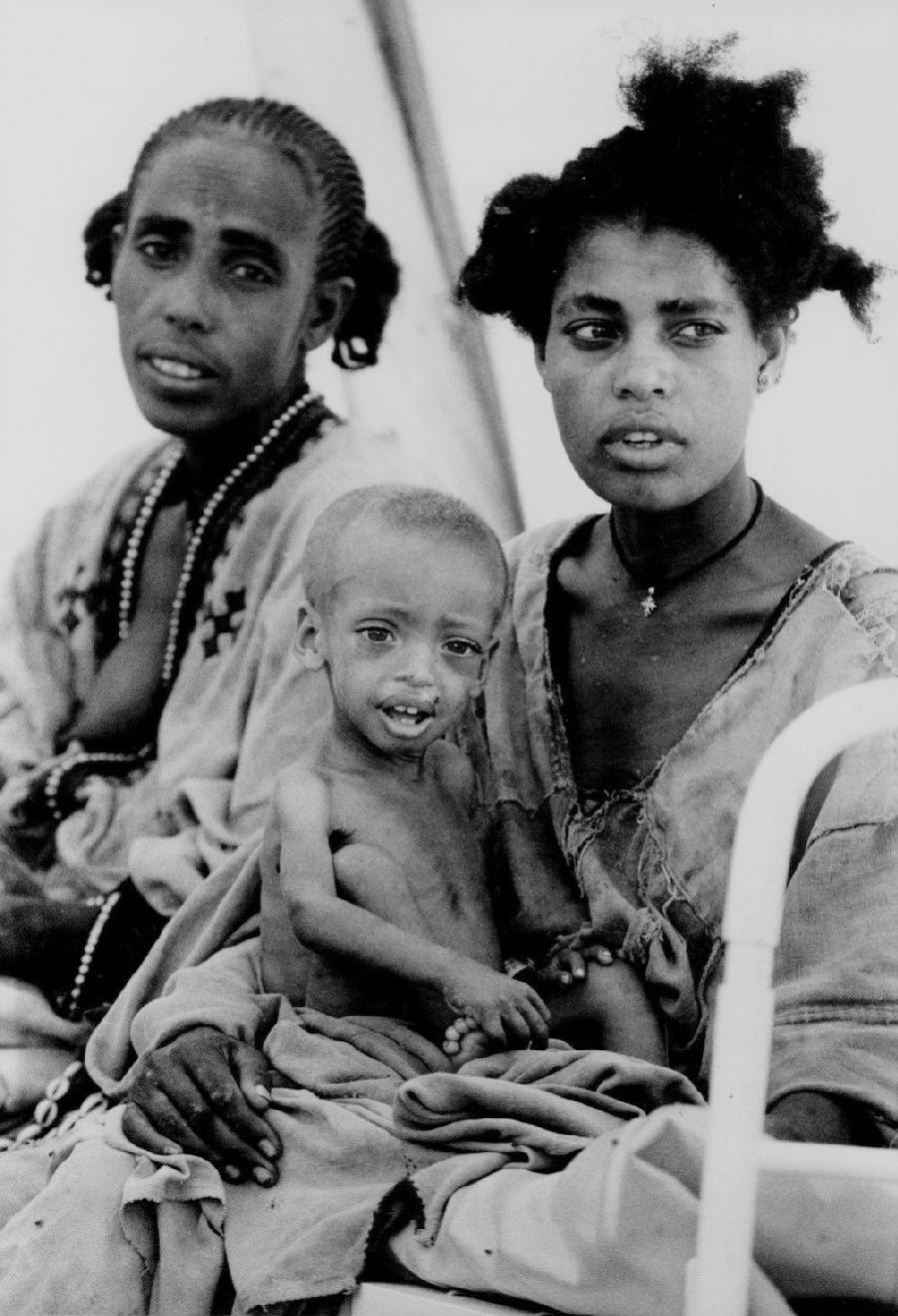
Figure 1.--Here we see a horifying image of an Ethiopian mother with her starving baby. The photograph is undated, but we believe it was taken during the terrible 1973 Amhara Famine. |

|
The economy of Ethiopia even in the late-20th century continued to be based on subsistence agriculture. The aristocracy consumed most of the surplus. The Ethiopian peasants lacked incentives to either improve farming methods or to store their excess harvest. They lived from harvest to harvest. They amounted to approximately the great majority of the population and still do. Famines occured in northern Ethiopia erlier: Amhara and Tigray (1913-14), Amhara (1929), Tigray (1958), and Amhara (1966). Famine struck again in northern Amhara (1973).
The Amhara Region is the most important agricultural region of Ethiopia. The Amhara Highlands receive something like 80 percent of the country's total rainfall. It is by far the most fertile and well watered region of Ethiopia. Laka Tana, the source of the Blue Nile is located in Amhara at Bahir Dar. The flow of the Blue Nile reaches maximum volume in the rainy season (June to September) and supplies about two-thirds of the water of the Egypt's famed Nile. The Blue Nile, along with the Atbara River to the north, which also flows out of the Ethiopian Highlands, cause the annual Nile floods that made the Nile so fertile and was the basis of the ancient Egyptian civilization. The 1972 harvest was poor. Poor rainfall triggered the 1973-74 famine. Some 300,000 people, predominantly the northern peasantry, died during the famine. [UN FAO] The lack of rain resulted in a harvest failure, but many other factors contributd to the death toll. It was not that there was notfood avilable in Ethiopia. The drought that caused the harvest failure only affected northern Ethiopia, particularly Amhara. Starvation ensued, because little food from the Ethiopian a regions not affected by the drought. The suffering peasants did not have money to purchase food. Ethiopia lacked the infrastructure and the will to transport large quantities of food to Amhara and destribute it to the starving peasantry. One author estimates that there were only 14,000 miles of road in the country and only a third of that all weather. [Jansson, Harris, and Penrose] Some 90 percent of the population lived more than a day’s walk from a road. The Imperial Government made no real effort to save the starving peasants. Failure to respond to the crisis was a major factor leading to the fall of the Imperial government and the rise of the Communist Derg (1974). Tragically the Derg proved even more deadly to the Ethiopian peasantry.
Jansson, Kurt, Michael Harris, and Angela Penrose. The Ethiopian Famine (1991).by
Sen, Amartya. Democracy as Freedom (Anchor, 1999).
UN. FAO. (1974).

Navigate the Children in History Websites:
[Rrturn to Main Ethiopian history page]
[Return to Main modern African famine page]
[Return to Main famine page]
[Return to Main specific war and crises page]
[Return to Main war essay page]
[Introduction]
[Biographies]
[Chronology]
[Climatology]
[Clothing]
[Disease and Health]
[Economics]
[Geography]
[History]
[Human Nature]
[Law]
[Nationalism]
[Presidents]
[Religion]
[Royalty]
[Science]
[Social Class]
[Bibliographies]
[Contributions]
[FAQs]
[Glossaries]
[Images]
[Links]
[Registration]
[Tools]
[Children in History Home]
